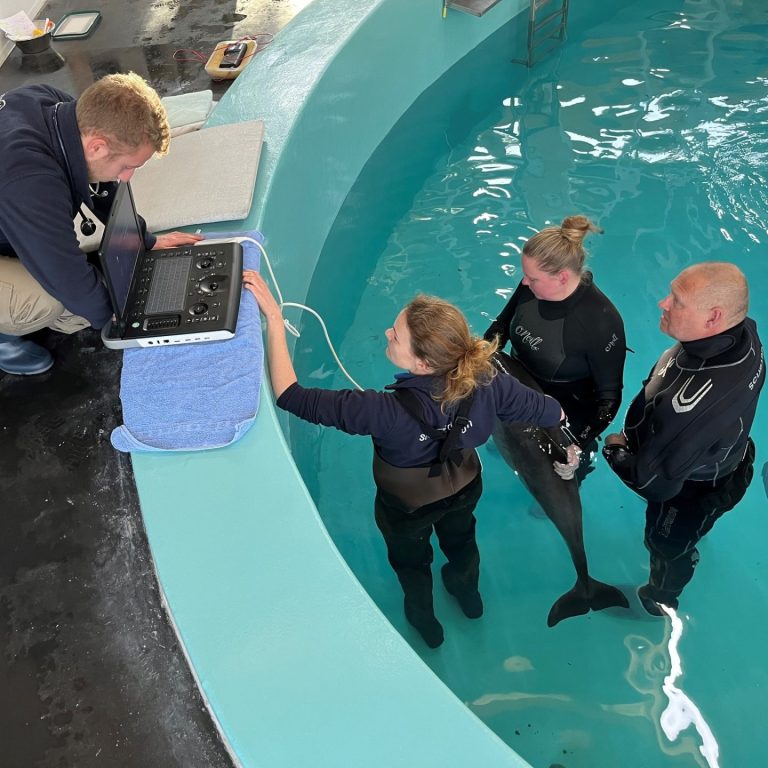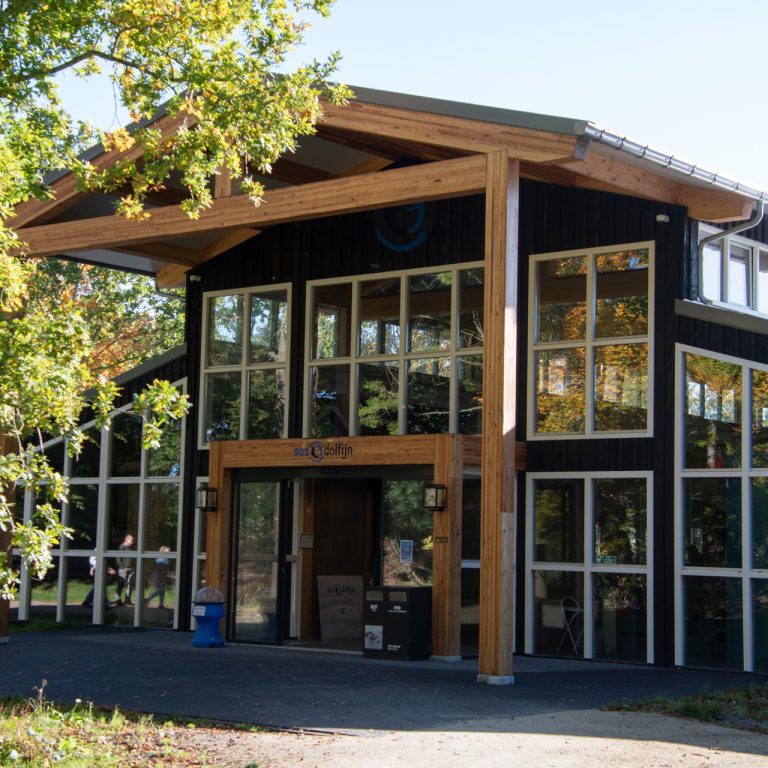animal park in nature Activities

Avitorium (bird arena)
At Hoenderdaell we felt that giving a show and housing the birds in the traditional way was actually incompatible with the vision of the park.
In contrast to the old bird of prey shows, you will see a demonstration where the birds show much more of their natural behaviour. You will receive information on a bird, and the caretakers demonstrate, for example, how they get their food. This includes the use of a fake zebra in which food is hidden, and fish can be caught from the pond.
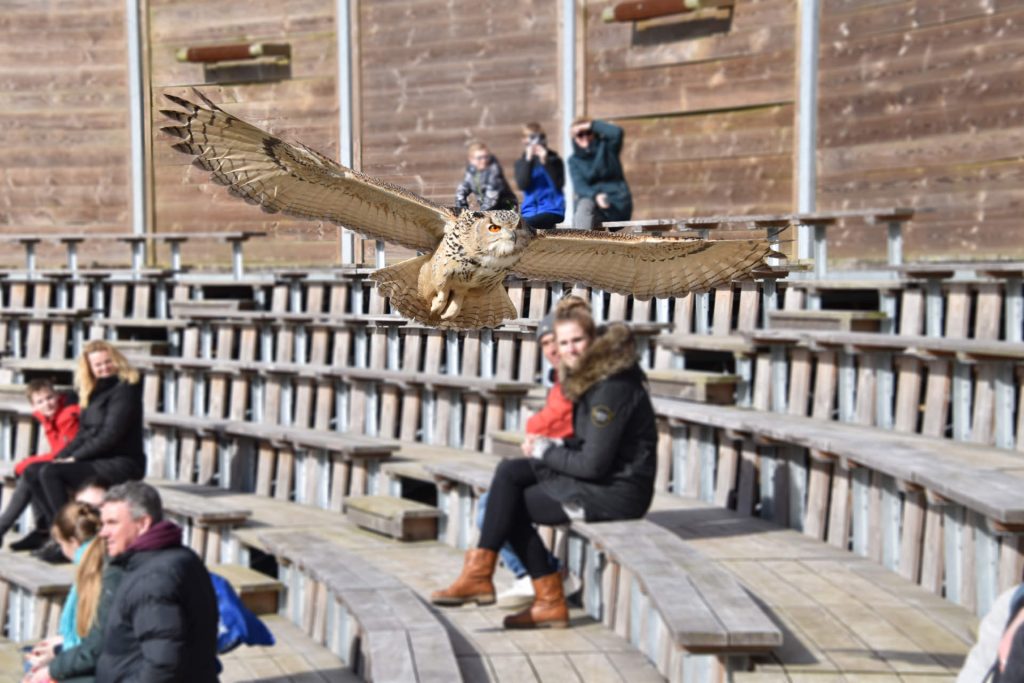
Animal friendly
The birds are no longer attached to the well-known leather strap, which allows them to move freely. So, it can sometimes happen that a bird does not do what the trainers / caretakers want, because they now decide for themselves what they wish to do. In keeping birds of prey and owls this way, Hoenderdaell shows that these birds can also be kept in an animal-friendly manner.
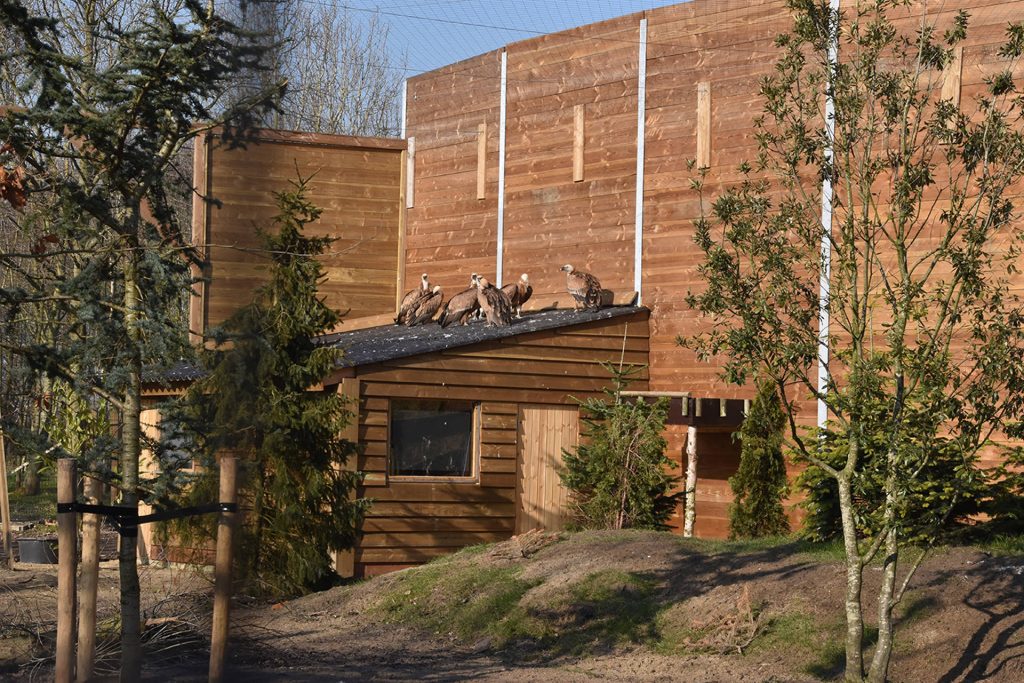
Positive Reinforcement Training
The way of housing gives our caretakers a new challenge. Training should now be so much fun that the bird itself wants to participate, since the birds in the new complex have the opportunity to stay hidden.
Our trainers have therefore switched to a different way of training: Positive Reinforcement Training. This means that desired behaviour is rewarded, undesirable behaviour is ignored, and the choice is left with the bird. During this training, the emphasis is on the natural behaviour of the species. Does the bird not want to participate? Too bad for the trainer! This method of training is not yet widely used in birds of prey and owls in the Netherlands.
Demonstrations in the bird arena
The signs in the park show at what time the demonstrations are (in the winter period there are no demonstrations on Mondays and Tuesdays). It is important that you are on time, because the demonstration is given in the bird arena and the doors close here so that the birds feel safe during the demonstration. Visitors can no longer enter when the demonstration has already started.
In case of bad weather (rain, thunderstorms or strong winds) or due to unforeseen circumstances, the demonstration can sometimes not take place.
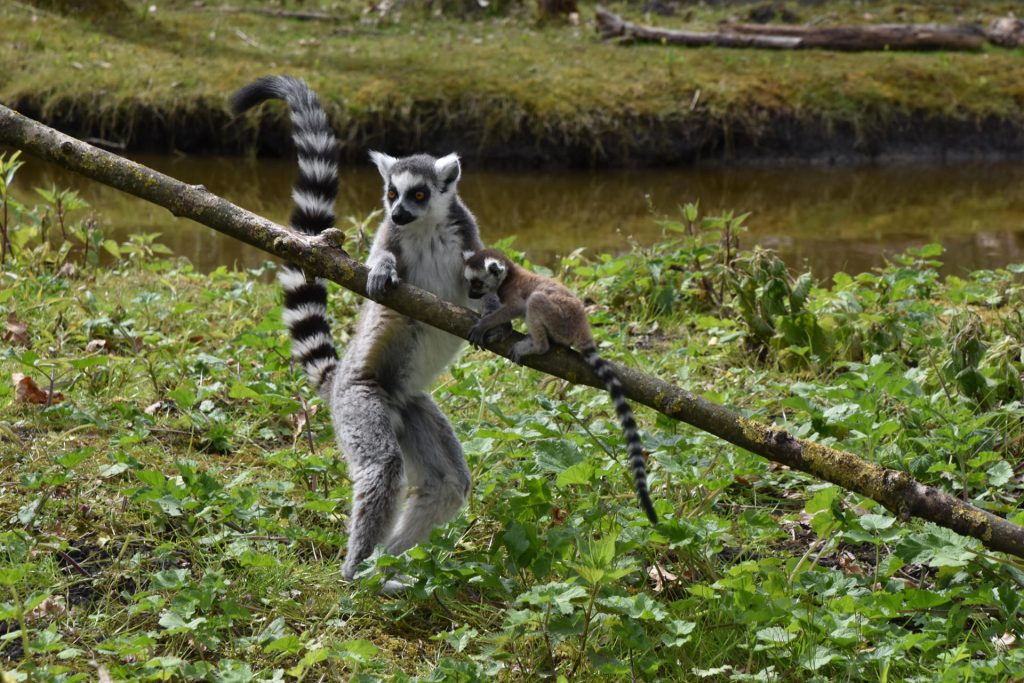
Lemur feeding demonstration
One of the monkey islands is the habitat of the curious ring-tailed lemurs. The best time to visit these lemurs from Madagascar, is at feeding time. Please see the signs in the park for the feeding times.
Small parrots in the lorikeet garden
The lorikeet garden is inhabited by small brightly colored parrots: lorikeets. In the wild, these birds live in Australia. Upon entering the garden, it will not be difficult to spot the brightly colored birds. In most cases, the birds fly in immediately when visitors enter, which results in a beautiful colour spectacle every time.
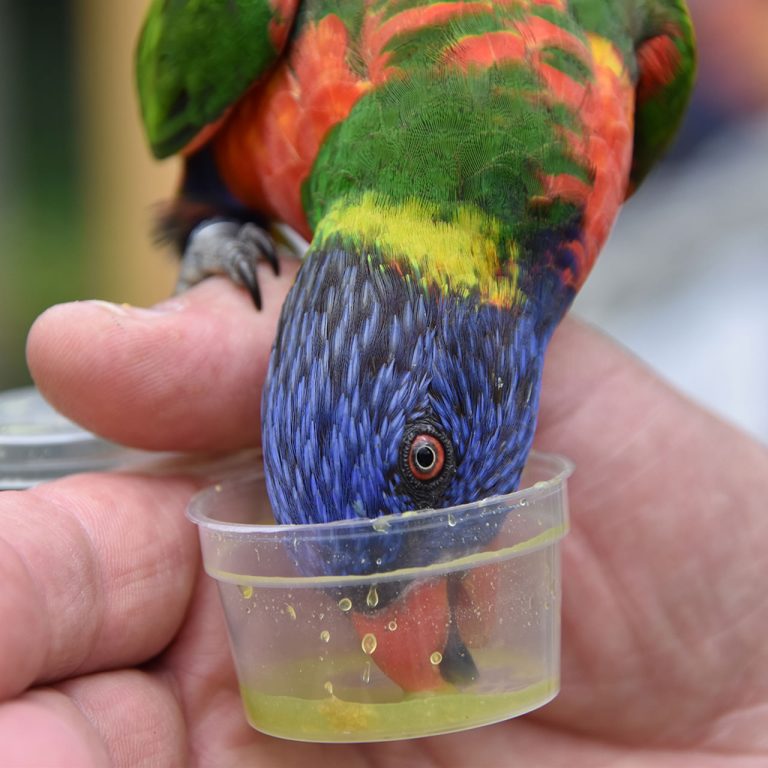
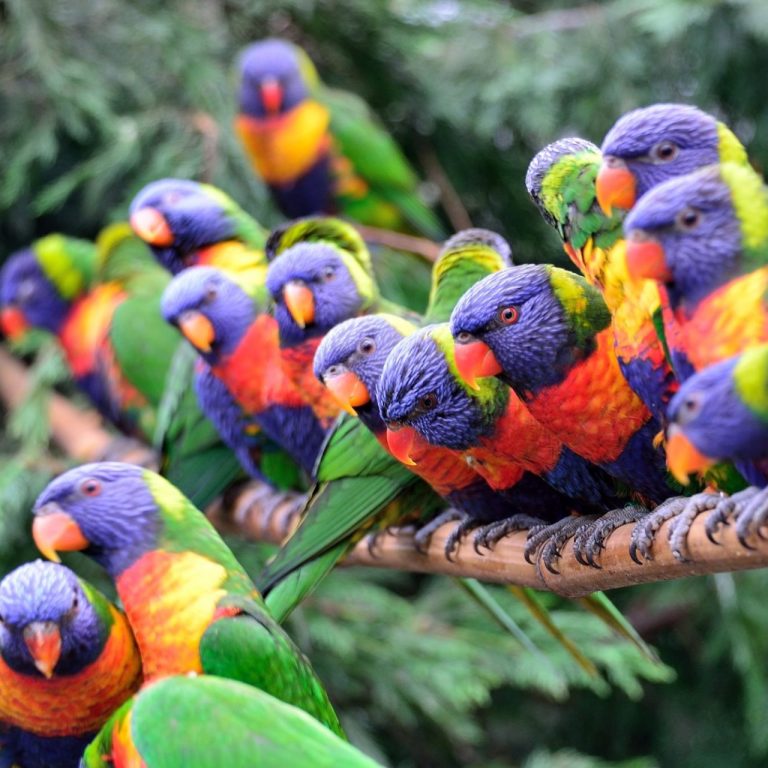

Hunting simulator at Stichting Leeuw
Stichting Leeuw, the shelter for big cats, has a unique hunting simulator. With the system, which consists of pulleys with which a piece of meat can be moved randomly through the large hall, Stichting Leeuw wants to give hunting back to the cats.
The big difference between felines in the wild and felines in captivity is that the first group must hunt in order to eat. The hunt provides a release of energy, build-up of muscle strength and fitness. Because felines in captivity do not have this, they show more stereotypical behaviour due to all the built-up energy.
With the hunting simulator, Stichting Leeuw can give them back this energy release. In addition, hunting strengthens their instincts. The felines become physically stronger and faster and that ensures better muscle building, flexibility and agility. In this way, the hunting simulator contributes to a better quality of life.
Upstairs at Stichting Leeuw there are also various activities to do, including a knowledge quiz about cats, a cinema and a photobooth. You will also learn everything about the work of Stichting Leeuw and you can watch a hunting session.
Stichting SOS Dolfijn
Stichting SOS Dolfijn is a nature organization specialised in helping cetaceans. The organisation offers help to porpoises, dolphins and whales in need that end up alive on the Dutch coast or threaten to be stranded. An experienced team of specialists is ready day and night. SOS Dolfijn is a worldwide expert in the care and rehabilitation of small cetaceans, mainly porpoises, with high success rates and many animals that have been returned to nature after recovery.
At Stichting SOS Dolphin, in the educational whale sanctuary, you will learn everything about cetaceans and you can see how the sick animals are cared for.
